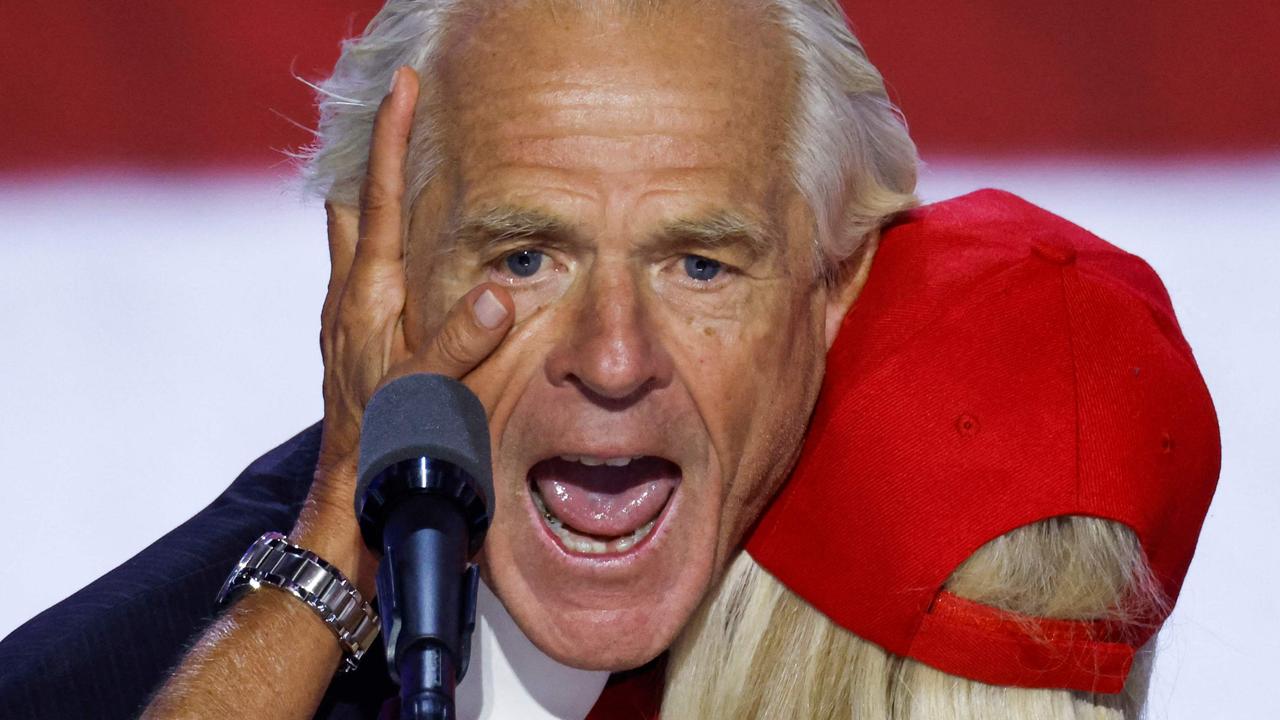Maps reveal suburbs most at risk of coronavirus job losses
Researchers have mapped the Aussie suburbs most at risk of COVID-19 job losses, with more than 12 per cent on “red alert” across the country.
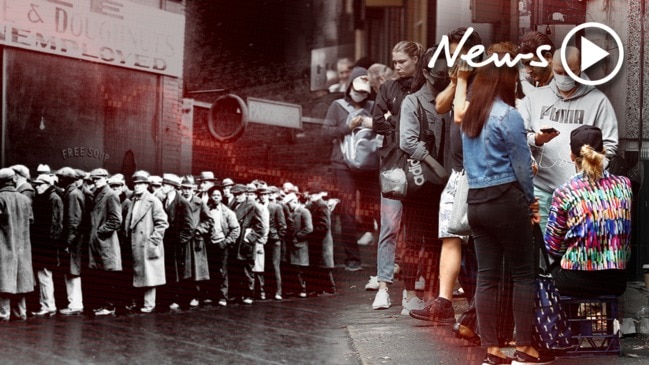
Economy
Don't miss out on the headlines from Economy. Followed categories will be added to My News.
The economic shock of the COVID-19 crisis has already caused job losses across the country.
But the worst is still yet to come.
Treasury is forecasting the unemployment rate to reach about 10 per cent, or 1.4 million unemployed, in the June quarter.
This 5 percentage point increase in the unemployment rate is expected to unfold over three months, compared to the three years it took the unemployment rate to rise by the same amount in the economic downturn of the 1990s.
Now researchers have mapped the areas most at risk across the country.
The Employment Vulnerability Index (EVI) uses Australian Bureau of Statistics Census data to calculate an index score for towns and cities with a population of more than 10,000 people.
RELATED: Graph points to ‘unprecedented’ Australian job collapse
RELATED: How JobKeeper propped up employment figures
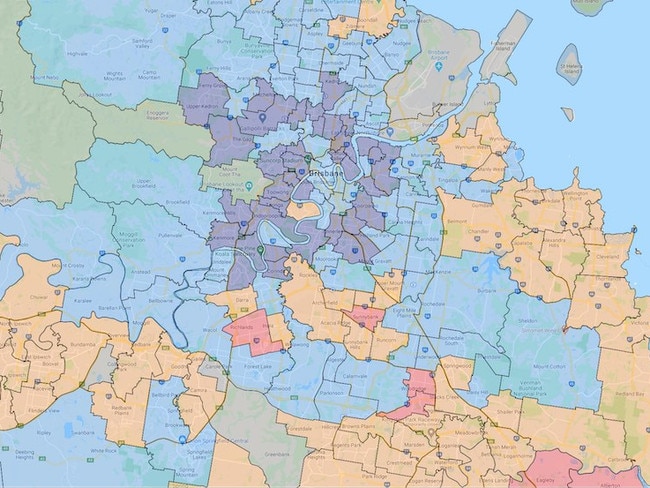

Co-authors Professor Scott Baum from Griffith University and Professor Bill Mitchell from University of Newcastle combined previous EVI data and insights on the jobs most affected by an economic downturn to model COVID-19’s impact on more than 80 per cent of Australians.
They found the state with the most “high risk” areas was Tasmania at 34.92 per cent, followed by South Australia at 22.22 per cent.
Overall, 12.64 per cent of the country is in the high risk category.
The researchers placed areas into two groups - those that have existing disadvantage and those that have emerging disadvantage.
Those on “red alert” - having a high potential for job loss - in areas with existing disadvantage include Punchbowl in Sydney’s south west, Broadmeadows, north west of Melbourne, Beenleigh in Queensland, Elizabeth in South Australia, Girrawheen in WA and , Glenorchy in Tasmania.
Those in the emerging disadvantage category include Green Valley (NSW), Epping South (NSW), Sunnybank (Qld), Salisbury East (SA), Greenfields (WA) and Brighton-Pontville (Tas).
For a full list of all locations, click here.
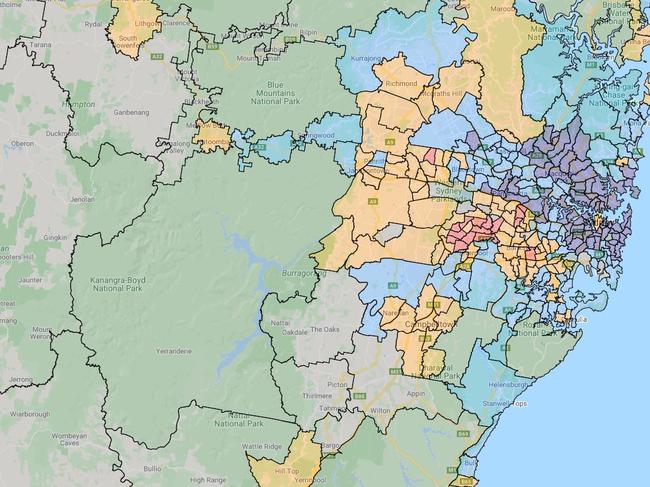
Professor Baum said the two groups raised different issues for policy makers.
“For the group we call ‘existing disadvantage job-loss suburbs’, further labour market disadvantage will cement the social and economic malaise experienced by these communities and widen the gap with rest of the nation,” he said.
He said the outcomes were different for the second “emerging disadvantaged job loss” group, as some workers would transition with the economy, while others may not be so lucky.
“The challenges may include household and community burdens associated with increasing localised financial hardship or increases in a range of social problems seen in places that have been disadvantaged over a longer term,” he said.
“How deep and long these potential impacts will be is a matter of wait and see.”
RELATED: Fallout from big budget blowout
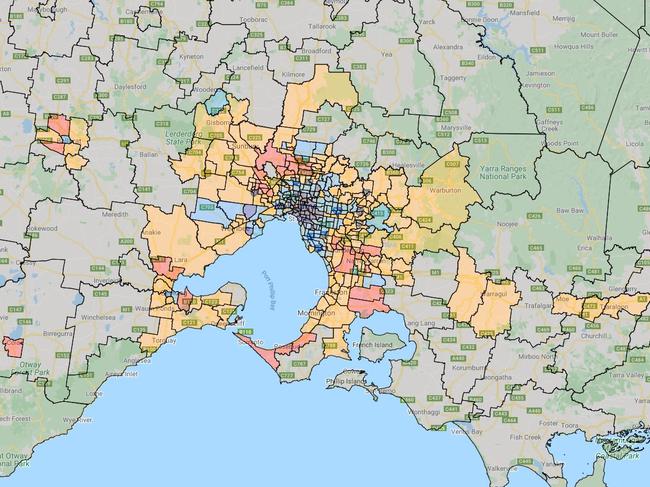
The paper highlights how places in our capital cities such as Cabramatta in Sydney, Broadmeadows in Melbourne and Elizabeth in Adelaide will, if confronted by increasing job losses as a result of the current economic environment, be further pushed from the mainstream as disadvantage becomes more difficult to escape.
“For unemployed people living in these places, economic growth and progress at the national level may mean little if concentrated disadvantage means that their local communities get left further behind,” the authors write.
“For many of the already disadvantaged red alert suburbs in our nation’s metropolitan cities, geographic proximity to both affluent inner city and aspiring outer suburban localities means concentrated disadvantage has the potential to breed a host of social problems as residents witness first-hand feelings of being left behind.”
Professor Mitchell warns that withdrawing government support after the crisis is over will undo any positive outcomes.
“There is a real danger that the government will retract its support mechanisms too soon,” he said.
“Ultimately how these suburbs and localities fare will depend on the impact of the Federal Government’s economic rescue package and the depth of the economic downturn. Outcomes may not be as bad as some have predicted.”
Originally published as Maps reveal suburbs most at risk of coronavirus job losses


